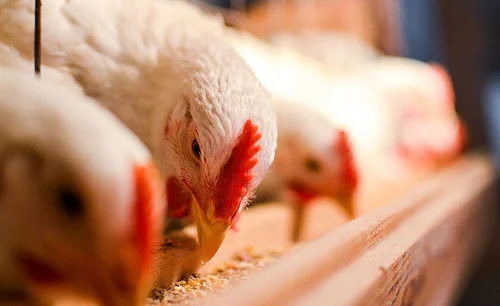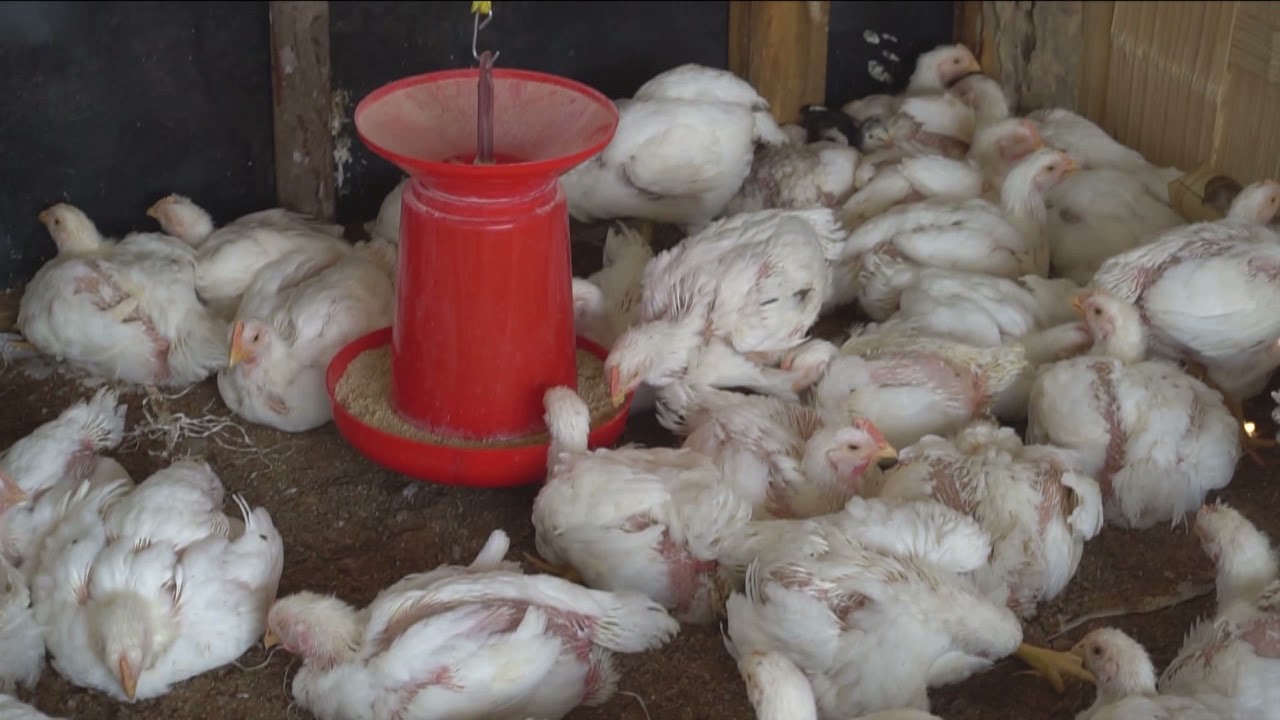Water Sanitization: An Integral Part of Poultry Farm Management
Maintaining high-quality drinking water is crucial in poultry farming, as birds consume water at twice the level of feed. Ensuring clean and safe water is not just a nutritional necessity but a vital aspect of disease prevention and overall flock health.
1.Water supplies on poultry farms are highly susceptible to microbial contamination. Pathogens such as E. coli, Salmonella, and other harmful microorganisms can easily infiltrate water sources, leading to water-borne infections that severely impact the health and productivity of the flock. Common symptoms of these infections include diarrhea, respiratory issues, and reduced growth rates, all of which can lead to significant economic losses for poultry farmers.
2.To combat these challenges, effective water sanitization practices must be implemented. Here are key steps to ensure the quality of drinking water for poultry:
Regular Water Quality Testing: Frequently test water sources for microbial concentration. This helps identify contaminants early and allows for timely corrective measures.
Use of Water Sanitizers: Employ appropriate water sanitizers, such as chlorine, iodine, or hydrogen peroxide, to disinfect water supplies. These chemicals can effectively reduce the microbial load, making the water safe for consumption.
Monitor and Adjust pH Levels: Ensure the pH levels of the water are within the optimal range. Alkaline water has been shown to inhibit the growth of harmful bacteria and break down biofilms, enhancing the overall quality of the water.
Educate Farm Workers: Train farm workers on the importance of water sanitization and proper hygiene practices. Ensuring everyone on the farm understands the critical role of clean water can significantly reduce the risk of water-borne infections.
By implementing these water sanitization practices, poultry farmers can protect their flocks from water-borne diseases, enhance bird health, and improve overall farm productivity. Prioritizing clean and safe drinking water is not just about maintaining nutritional standards—it's about safeguarding the entire poultry operation from potential outbreaks and ensuring sustainable farming practices.

3. Common Water Sanitizers Used in Poultry
Ensuring clean and safe drinking water is crucial for poultry health and productivity. Various sanitizers are used to achieve this, each with unique properties and benefits:
1.Sodium hypochlorite is an effective disinfectant that kills a broad spectrum of pathogens. It’s easy to use and relatively inexpensive.
2.Calcium Hypochlorite Tablets: These tablets are a convenient form of chlorine, providing a stable and potent disinfectant solution. They are often used for their ease of storage and long shelf life.
3.Elemental Chlorine Gas: This powerful disinfectant is used in large-scale poultry operations. It’s effective at killing bacteria, viruses, and other microorganisms, though it requires careful handling due to its toxic nature.
4.Iodine Compound: Iodine is a broad-spectrum disinfectant effective against bacteria, viruses, and fungi. It’s often used in combination with other sanitizers to enhance its effectiveness.
5.Benzalkonium Chloride: This quaternary ammonium compound is a versatile disinfectant known for its ability to kill bacteria and viruses. It’s commonly used in both water and surface sanitation.
6.Hydrogen Peroxide: As a powerful oxidizing agent, hydrogen peroxide is effective against a wide range of pathogens. It decomposes into water and oxygen, making it an environmentally friendly option.
7.Chlorine Dioxide: Known for its strong disinfectant properties, chlorine dioxide is effective in a variety of water conditions and can eliminate bacteria, viruses, and protozoa without forming harmful by-products.
Each of these sanitizers plays a vital role in maintaining the health and safety of poultry by ensuring clean drinking water.

Copyright © 2024 BACTOSEAL PRIVATE LIMITED - All Rights Reserved.
TERMS AND CONDITION | PRIVACY POLICY

